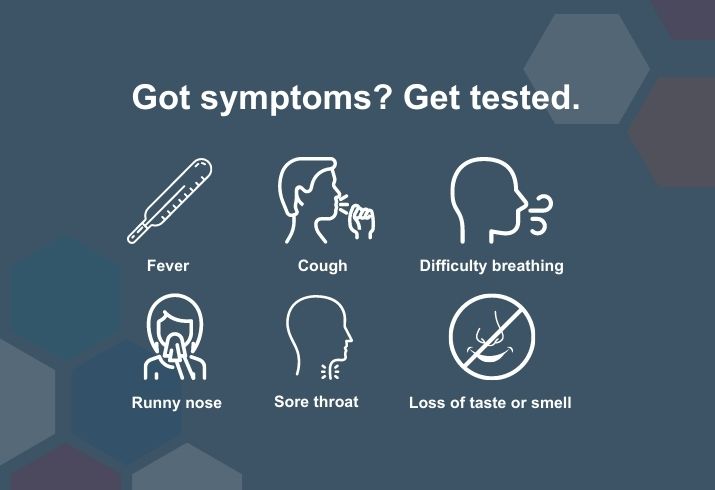COVID-19 - The symptoms and what to look out for

We know that COVID-19 affects different people in different ways. In fact, we’ve seen over the past two years that different strains of the virus are showing up with slightly different symptoms.
Most infected people will develop mild to moderate illness and recover without needing to go to hospital. More serious cases may require hospital treatment and even ventilation.
Some of the most common symptoms are:
- fever
- cough
- tiredness
- loss of taste or smell
Less common symptoms include:
- sore throat
- headache
- aches and pains
- diarrhoea
- a rash on skin, or discolouration of fingers or toes
- red or irritated eyes
In more serious cases, symptoms can include:
- difficulty breathing or shortness of breath
- loss of speech or mobility, mental confusion
- chest pain
Remember to seek immediate medical help if you have serious symptoms. Always call ahead before visiting your doctor or country health service.
People with mild symptoms who are otherwise healthy should be able to manage their symptoms at home.
It usually takes several days from when someone is infected with the virus for symptoms to show, however it can take up to 14 days.
Some people with COVID-19 will be asymptomatic, which means you show no obvious signs of being sick. If you’ve been in contact with someone who has COVID-19 or may have it, make sure you get tested and isolate a negative result until you get, even if you feel fine.
It’s just one more way we can keep our family, our friends and our country communities safe.

